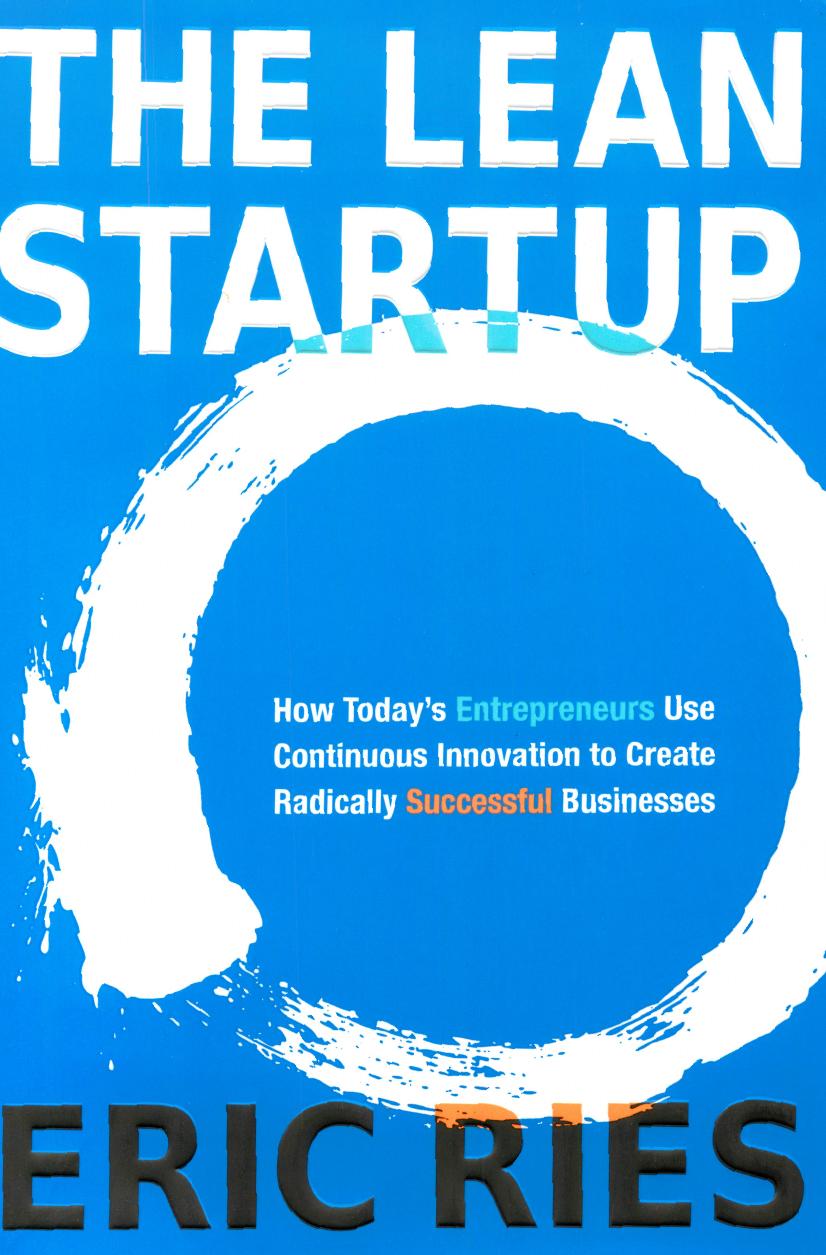The Lean Startup by Eric Ries

Author:Eric Ries
Language: eng
Format: azw3, pdf
Tags: Self-Help.Business & Career
ISBN: 9780307887917
Publisher: Crown Business
Published: 2011-09-01T00:00:00+00:00
BEFORE PIVOT AFTER PIVOT
Engine of growth Sticky Paid
Registration rate 17% 42%
Activation 90% 83%
Retention 8% 21%
Referral 6% 54%
Revenue n/a 1%
Lifetime value (LTV) n/a Minimal
He did this not by working harder but by working smarter, taking his product development resources and applying them to a new and different product. Compared with the previous four months of optimization, the new four months of pivoting had resulted in a dramatically higher return on investment, but David was still stuck in an age-old entrepreneurial trap. His metrics and product were improving, but not fast enough.
David pivoted again. This time, rather than rely on activists to pay money to drive contacts, he went to large organizations, professional fund-raisers, and big companies, which all have a professional or business interest in political campaigning. The companies seemed extremely eager to use and pay for David’s service, and David quickly signed letters of intent to build the functionality they needed. In this pivot, David did what I call a customer segment pivot, keeping the functionality of the product the same but changing the audience focus. He focused on who pays: from consumers to businesses and nonprofit organizations. In other words, David went from being a business-to-consumer (B2C) company to being a business-to-business (B2B) company. In the process he changed his planned growth model, as well to one where he would be able to fund growth out of the profits generated from each B2B sale.
Three months later, David had built the functionality he had promised, based on those early letters of intent. But when he went back to companies to collect his checks, he discovered more problems. Company after company procrastinated, delayed, and ultimately passed up the opportunity. Although they had been excited enough to sign a letter of intent, closing a real sale was much more difficult. It turned out that those companies were not early adopters.
On the basis of the letters of intent, David had increased his head count, taking on additional sales staff and engineers in anticipation of having to service higher-margin business-to-business accounts. When the sales didn’t materialize, the whole team had to work harder to try to find revenue elsewhere. Yet no matter how many sales calls they went on and no matter how much optimization they did to the product, the model wasn’t working. Returning to his leap-of-faith questions, David concluded that the results refuted his business-to-business hypothesis, and so he decided to pivot once again.
All this time, David was learning and gaining feedback from his potential customers, but he was in an unsustainable situation. You can’t pay staff with what you’ve learned, and raising money at that juncture would have escalated the problem. Raising money without early traction is not a certain thing. If he had been able to raise money, he could have kept the company going but would have been pouring money into a value-destroying engine of growth. He would be in a high-pressure situation: use investor’s cash to make the engine of growth work or risk having to shut down the company (or be replaced).
Download
This site does not store any files on its server. We only index and link to content provided by other sites. Please contact the content providers to delete copyright contents if any and email us, we'll remove relevant links or contents immediately.
| Consulting | Entrepreneurship |
| Franchises | Home Based |
| Marketing | New Business Enterprises |
| Nonprofit Organizations & Charities |
Pioneering Portfolio Management by David F. Swensen(6226)
Man-made Catastrophes and Risk Information Concealment by Dmitry Chernov & Didier Sornette(5921)
Zero to One by Peter Thiel(5686)
The Motivation Myth by Jeff Haden(5156)
The Miracle Morning by Hal Elrod(4637)
Elon Musk by Ashlee Vance(4028)
The Art of Persistence: Stop Quitting, Ignore Shiny Objects and Climb Your Way to Success by Michal Stawicki(3624)
Unlabel: Selling You Without Selling Out by Marc Ecko(3588)
Delivering Happiness by Tony Hsieh(3365)
Urban Outlaw by Magnus Walker(3339)
Purple Cow by Seth Godin(3140)
Mastering Bitcoin: Programming the Open Blockchain by Andreas M. Antonopoulos(2981)
The Marketing Plan Handbook: Develop Big-Picture Marketing Plans for Pennies on the Dollar by Robert W. Bly(2975)
The Power of Broke by Daymond John(2897)
The Content Trap by Bharat Anand(2860)
Applied Empathy by Michael Ventura(2839)
The Airbnb Story by Leigh Gallagher(2799)
Keep Going by Austin Kleon(2696)
Radical Candor by Kim Scott(2669)
